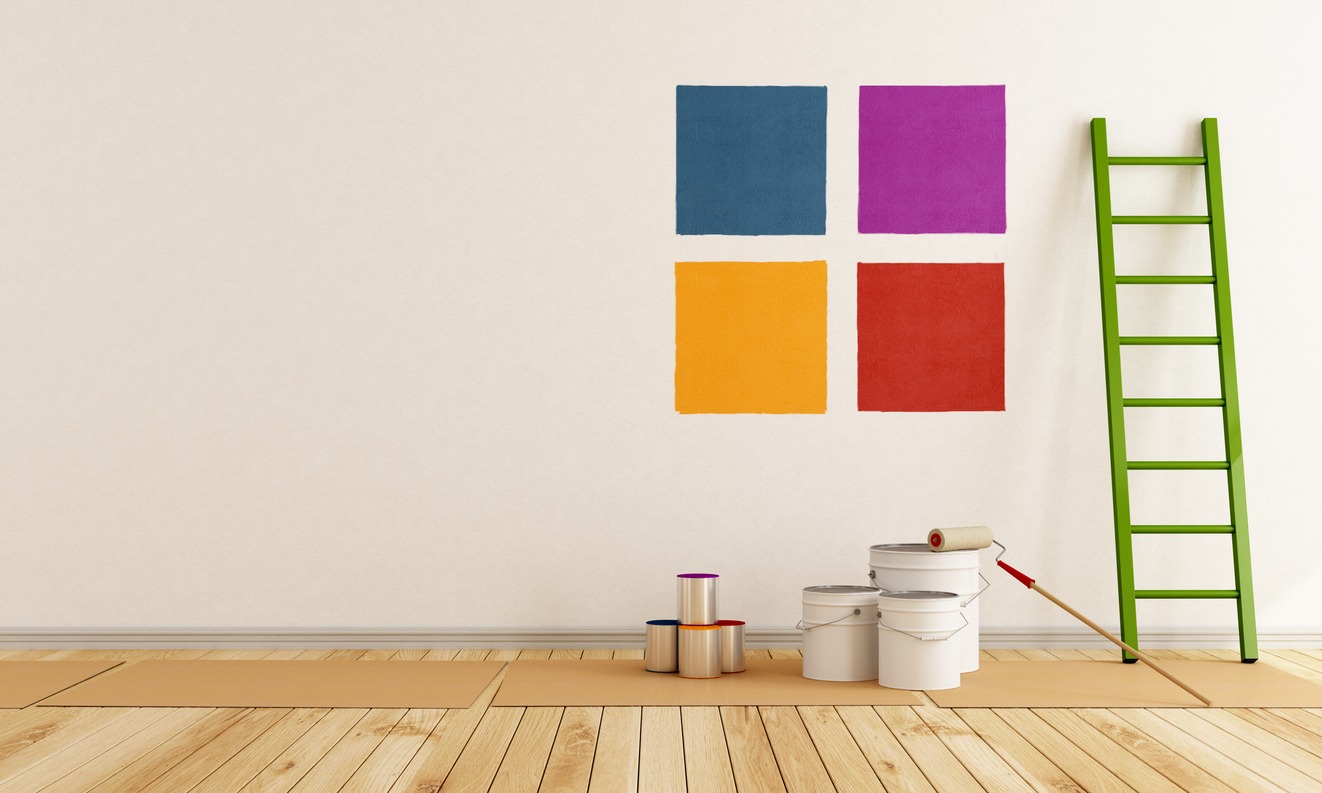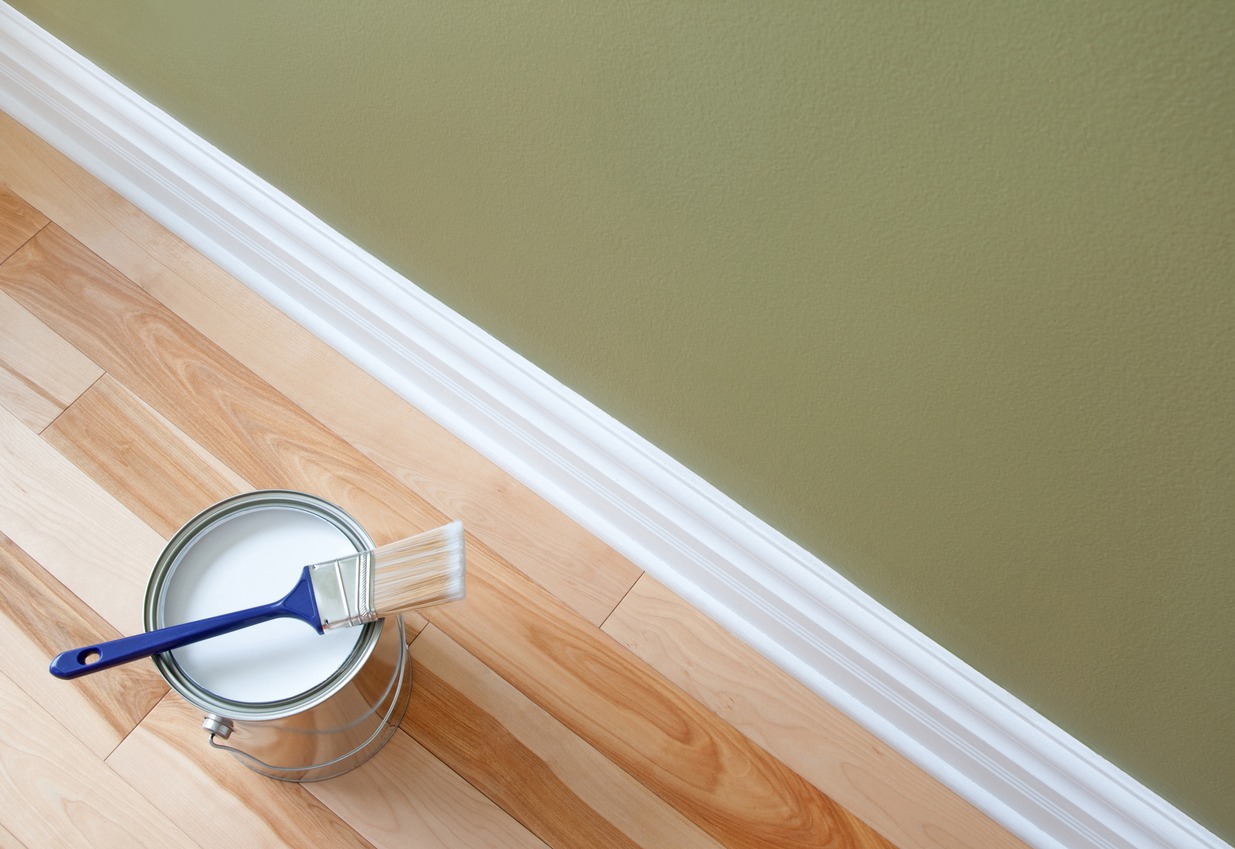Painting your house can be a daunting task, but using the right techniques can make the paint last longer. Proper preparation and application are key to achieving a durable finish. Continue reading as we will cover practical tips and methods to help your house paint withstand the test of time.
The Factors that Can Affect the Durability of Paint
The durability of paint depends on various factors. Here are the key factors that you should take note of:
- Surface Preparation: The condition of the surface before painting affects how well the paint adheres.
- Quality of Paint: The quality of the paint itself plays a major role in its durability.
- Application Method: The technique used to apply the paint can influence its longevity.
- Weather Conditions: Weather during and after painting can affect the paint’s durability.
- Number of Coats: The number of paint coats applied can determine how well the paint holds up over time.
- Type of Surface: Different surfaces have varying levels of paint adherence and durability.
- Maintenance: Regular maintenance can help keep the paint looking fresh and intact.
- Moisture Levels: High moisture can cause paint to bubble and peel.
- Exposure to Elements: Paint on surfaces exposed to harsh weather or pollutants can wear out faster.
- Underlying Issues: Issues like rust or rot can affect how long the paint lasts.
Painting Techniques that Can Make Paint Last Longer

Using the right painting techniques can extend the life of your paint job. Below are some effective methods to help your paint last longer:
Proper Surface Preparation
Preparing the surface before painting is vital. Clean the area thoroughly to remove dirt, grease, and old paint. Sanding the surface can help the new paint adhere better. Priming the surface is also important, as it creates a smooth base for the paint. This step prevents peeling and enhances the paint’s longevity.
Using High-Quality Paint
Investing in high-quality paint can make a noticeable difference. Premium paints offer better coverage and are more resistant to wear and tear. They are formulated to withstand harsh weather conditions and frequent cleaning. Higher-quality paints also tend to have better color retention, keeping your surfaces looking vibrant for longer.
Applying Multiple Thin Coats
Applying multiple thin coats of paint is more effective than a single thick coat. Thin coats dry more evenly and are less likely to drip or sag. Allow each coat to dry completely before applying the next one. This technique ensures better adhesion and a more durable finish.
Choosing the Right Tools
Using the right tools can improve the quality of your paint job. Brushes, rollers, and sprayers each have their benefits. Brushes are great for detail work and small areas. Rollers are efficient for large, flat surfaces. Sprayers can provide a smooth, even finish on textured surfaces. Selecting the right tool for each task can enhance the paint’s durability.
Painting in Suitable Weather
Weather conditions can greatly affect the outcome of your painting project. Paint should be applied at moderate temperatures, ideally between 50°F and 85°F. Avoid painting on very humid or rainy days, as moisture can interfere with the drying process. Painting in suitable weather helps achieve a more durable and long-lasting finish.
Regular Maintenance
Maintaining your painted surfaces can extend their lifespan. Regularly clean the surfaces to remove dirt and grime. Touch up any areas that show signs of wear or damage. Promptly addressing minor issues can prevent them from becoming major problems. Regular maintenance keeps your paint looking fresh and helps it last longer.
Should You Hire Professional Painters?

If you feel like you don’t have the skills to properly apply the techniques we mentioned above, then you may need to hire professional painters. Here are some reasons to consider hiring experts for applying durable paints:
- Expertise and Experience: Professional painters have the skills and knowledge to handle various surfaces and conditions. They know the best techniques to ensure a long-lasting finish.
- Quality Materials: Professionals often use high-quality paints and tools. They have access to better products that might not be available to the general public, leading to a more durable result.
- Time-Saving: Hiring professionals saves you time and effort. They can complete the job efficiently and correctly the first time, allowing you to focus on other tasks.
- Proper Preparation: Professionals know the importance of surface preparation. They take the necessary steps to clean, sand, and prime surfaces, ensuring the paint adheres properly and lasts longer.
- Attention to Detail: Professional painters pay close attention to details. They can handle intricate areas, corners, and edges with precision, providing a flawless finish.
- Safety: Painting can involve working at heights and using hazardous materials. Professionals are trained to handle these safely, reducing the risk of accidents and injuries.
- Warranty and Insurance: Many professional painters offer warranties for their work. If issues arise, they will address them. Additionally, they carry insurance, protecting you from liability.
- Efficient Cleanup: Professionals handle the cleanup process efficiently. They leave your space neat and tidy, saving you from the hassle of dealing with paint drips and debris.
- Consistent Results: Professional painters can deliver consistent results across large areas. They ensure uniform color and texture, providing a polished and professional look.
- Cost-Effective: While hiring professionals might seem expensive, it can be cost-effective in the long run. Quality workmanship and materials mean your paint job will last longer, reducing the need for frequent repainting.
Conclusion
Using the right techniques can greatly extend the life of your house paint. Following the methods or techniques we mentioned can help you achieve a long-lasting and durable paint job that keeps your home looking great for years.
Custom Painting, Inc. offers professional painting services to help you achieve these results. Call us at 925-294-8062 or fill out a Contact Form for more information.

